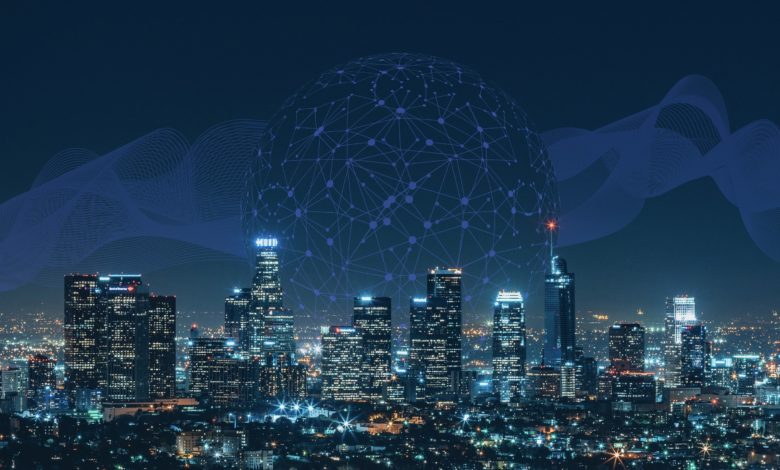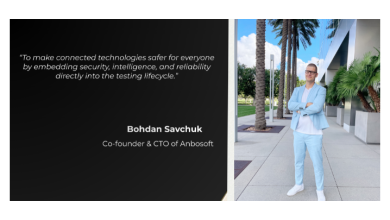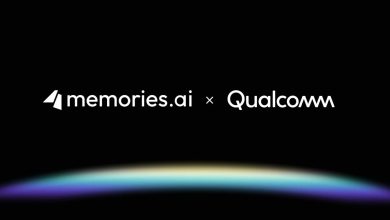
Among the many areas where AI is bringing new opportunities for innovation and efficiency, one of the most exciting is the impact it is having on the video surveillance industry. Indeed, the rapid growth in the video surveillance camera market is being driven by smart systems and analytical software applications. As a result, the worldwide video surveillance camera market is expected to grow to a valuation of $87 billion by 2027, according to analysis from Emergen Research.
While established markets such as the use of video surveillance solutions in smart cities continue to expand, the technology is also seeing broader adoption across a growing range of business use cases. But what practical impact is AI having on the industry, where is innovation having the greatest changes, and where can we expect to see further developments in the years to come?
Smart Cities Are Getting Smarter
Video is playing an increasingly important role in the ongoing development of smart cities, with governments around the world using networked cameras and sensors to monitor everything from traffic and public transport networks, to temperature and humidity. And though the most modern cloud video surveillance systems do allow analog cameras to benefit from advanced analytics and AI on a cloud platform, with our recent research finding that 91% of all video surveillance cameras are now digital, the possibilities for this innovative technology are endless.
Specifically, by aggregating all these data sources and utilising real-time analytics, cities are more able to address issues that could impact the free flowing movement of people and traffic. For instance, video allows authorities to manage the flow of commuters across public transport infrastructure, while drivers can be directed to predefined zones to optimise parking capacity or the data can be used to predict peak demand times. At the same time, this insight can be balanced against air pollution levels to protect the health of residents and workers.
And there’s more – smart cities are also deploying intelligent video surveillance to help emergency services respond more effectively in real-time. Even more impressive is the use of AI algorithms to help identify potential security incidents or improve crime prevention strategies.
Around the world from Mexico City, Barcelona, and Amsterdam, to Singapore, New York, Seoul and Dubai, a whole range of applications – including vehicle number plate recognition, people counting, retail management and remote asset management – are now integrating state-of-the-art AI and video surveillance technologies to improve the way cities operate.
AI-enabled analytics is a particular growth area, with solutions available that can monitor live or recorded video streams to assess and track behaviour patterns and predefined objects to identify incidents and trigger alert systems.
On the ground, real-time event detection is helping to curb crimes, thefts, terrorist attacks and other criminal activities to make cities safer places for citizens, businesses, and visitors alike. Meanwhile, AI-enabled video analytics are being used to gain a deeper understanding of crowd behaviour, which can then be used to inform the design of critical infrastructure. Optimising, for example, the safe movement of people in and out of spaces – like metro stations, schools and airports – will remain critical for the efficiency of tomorrow’s super cities.
A Boost For Business Intelligence
While it’s tempting to assume that video surveillance technologies will remain largely focused around these smart city applications, the truth is that AI-powered solutions are increasingly being adopted by enterprises to generate business intelligence. Take the retail sector, for example, where AI-enabled systems are being used to monitor POS wait times and activity at product displays to improve sales and boost the shopping experience. Specifically, by using footfall and shopping pathway analysis, retailers can improve store layout and aisle design, deploy staff more effectively to reduce waiting times, and evaluate in-store promotions, product positioning and displays.
In the manufacturing sector, video surveillance is being employed to monitor processes and production systems to minimise downtime and the risk of accidents. By studying the flow of people and products through a facility, AI-analysis can help identify areas where small changes could generate significant improvements in efficiency. In addition, the use of technologies such as thermal imaging can help identify potential points of failure, allowing manufacturers to anticipate problems.
These improved levels of insight help businesses to design more stable and secure processes, optimise supply chains, and improve the deployment of staff resources. And as more manufacturers shift to fully automated 24/7 production environments, AI systems are being deployed to accurately detect failures that can reduce wastage on the production line and keep valuable processes running.
The growing integration of complementary technologies from AI and cloud to the Internet of Things is driving the proliferation of video surveillance in our workplaces, education institutions, and public spaces. And as cities around the world plan for a post-pandemic future, leaders will look to boost intelligence and ways to share insights with citizens and businesses to solve real-life problems.



